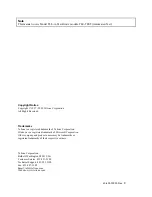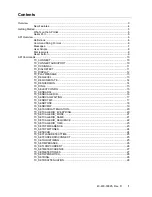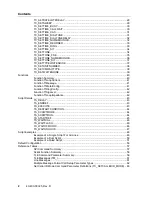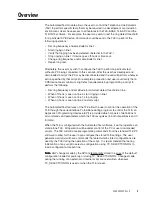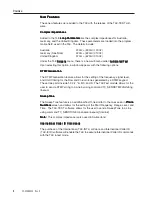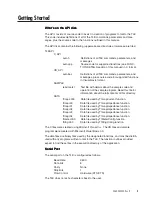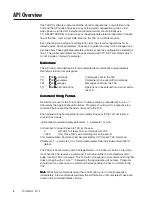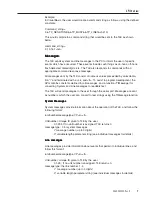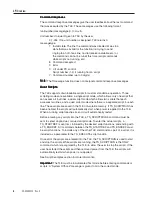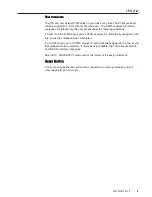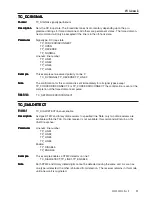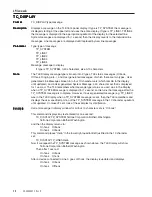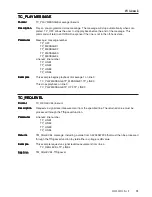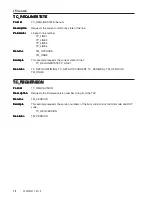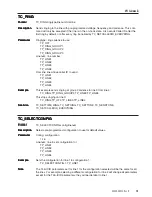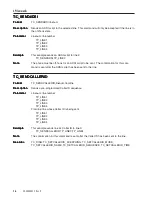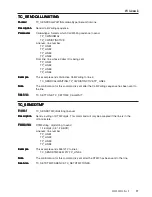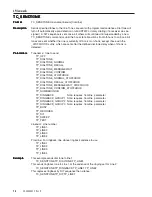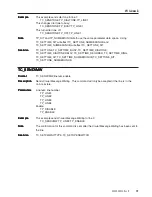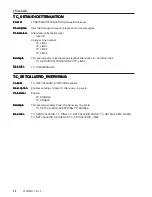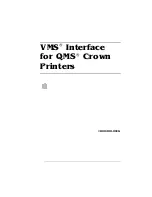
Getting Started
40-400-00025, Rev. D
5
Getting Started
What’
What’
What’
What’
What’s on the API disk
s on the API disk
s on the API disk
s on the API disk
s on the API disk
The API consists of source code to assist in creation of programs to talk to the TLE.
This code includes definitions of all of the TLE commands, parameters and mes-
sages, plus the source code to the functions outlined in this manual.
The API disk contains the following (uppercase are directories, lowercase are files):
TLEAPI
C_API
auto.h
Definitions of all TLE commands, parameters, and
messages
auto.cpp
Source code for supported functions (see FUNC -
TION DETAILS section of this manual) in C format.
VB_API
auto.bas
Definitions of all TLE commands, parameters, and
messages, plus source code for supported functions
in Visual Basic format.
SAMPLE
readme.txt
Text file with details about the sample code and
operation of the sample program. Read this file for
information about the full contents of this directory.
DATA
tfloopc.000
Data file used by TfLoopCurrent function.
tfloopi.00
Data file used by TfLoopImpedance function.
tfloopi.01
Data file used by TfLoopImpedance function.
tfloopi.02
Data file used by TfLoopImpedance function.
tfloopi.03
Data file used by TfLoopImpedance function.
tfloopi.04
Data file used by TfLoopImpedance function.
tfmeter.000
Data file used by TfMeterConfig function.
tfring.000
Data file used by TfRingConfig function.
The C files were created using Microsoft Visual C++. The VB files and sample
program were created with Microsoft Visual Basic 3.0.
The data files are binary files used by the designated functions, and must be distrib-
uted with any programs written to talk to the TLE. The function routines provided
expect to find these files in the execution directory of the application.
Ser
Ser
Ser
Ser
Serial P
ial P
ial P
ial P
ial Por
or
or
or
orttttt
The serial port on the TLE is configured as follows:
Baud Rate
9600
Data bits
8
Parity
None
Stop Bits
1
Flow Control
Hardware (RTS/CTS)
The TLE does not echo characters back to the user.


